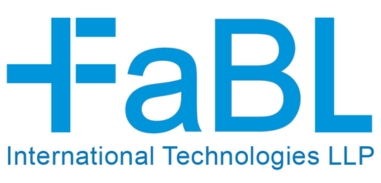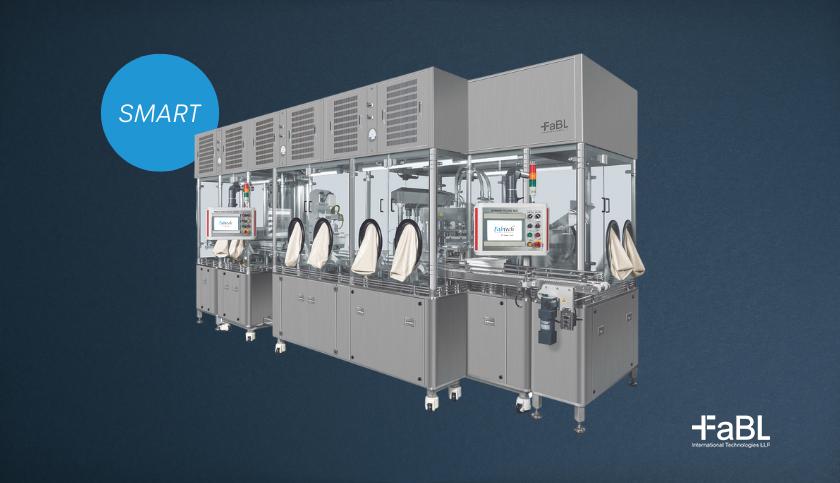The following discussion is primarily in the context of development of expired Generic or Patent pharmaceutical dosage forms, which can be pharmaceutically and bio pharmaceutically equivalent to an established international brand leader (Innovator). However, it is neither intended nor should it be perceived as a New Molecule (New Drug Product) Development.
While considering a new product development, the under-mentioned factors, which are of paramount importance, must be borne in mind:
- Safety
- Efficacy
- Stability
- In-Vitro and In-vivo equivalence to the International Brand Leader (Innovator)
This essentially means that we would be moving into reverse engineering to produce a pharmaceutical product that meets the aforementioned requirements. At the same time, the product needs to be highly reproducible and consistent in the broad commercial/manufacturing scenario.
While there have been many approaches to such product development, including using the same formula composition and process as the innovator, one's inability to grasp the exact processes and procedures cannot be ruled out. Therefore, it would call for a more structured approach by way of what we call ‘QbD’ of product development.
QbD (Quality by Design), as the name suggests, is a systematic approach (as opposed to QbT, meaning Quality by Testing that existed for years in the past) which primarily aims to design quality into workflows from the very outset. QbD allows improvisation of drug development by using analytical and risk-management methodologies so as to design, develop and manufacture new medications.
The application of QbD in pharmaceutical product development is now a thrust area for not only the regulatory authorities and agencies viz. ICH and FDA, but also for the pharmaceutical industry as a whole. QbD principles, when implemented, lead to a successful product development, subsequent prompt regulatory approval, reduced exhaustive validation burden, and significant reduction of post-approval changes.
The key elements of QbD are: target product quality profile (TPP); critical quality attributes (CQA); risk assessments (RA); besides design space, control strategy, product lifecycle management, and constant improvement.

The pointers mentioned below give a good understanding of the quintessential product development workflow:
• Analyse the Innovator brand threadbare, in terms of the quality parameters, especially the critical quality attributes, like Drug dissolution. This is all the more necessary keeping in view the discerning Multi-Media among others. It is essential that the analysis is not restricted to only one innovator brand, but also takes into account as many of them as possible. Also typically spread the analysis to cover the entire life cycle of the product under review.
• Here a word of caution would be to pre-validate the analytical tools like methods used etc. prior to their actual usage for the innovator brand. This helps keep the possible frictions like faulty analytical methods at bay.
• Use of literature survey/patent information (ensuring no infringement) and other market data to determine the right quality parameters for the API and the excipients that constitute the finished dosage form.
• Careful identification and determination of the Critical Quality Attributes of the API. The impact of the excipient's quality and process parameters on the API also need to be carefully studied via a compatibility evaluation or other such studies.
• Pre-formulation work to be documented and studied for precise impact, following which preliminary trials using the QbD study protocol will be carried out in order to arrive at a Proof of Concept dosage form that would further enable favourable comparison with the Innovator product.
• This would be followed by repeated trials to assure reproducibility and assessment of the robustness in regard to the acceptable variance in input specifications and process parameters. This also includes Formula Optimization (FO) and Process Validation (PV) exercises compliance with QbD dictates.
• Scaling up would be the next step in the Road Map though some may look at limited stability testing prior to scaling up as a useful tool for reassurance.
• Stability studies is a regulatory requirement that needs to be carried out in the intended final package. These studies are undertaken until the end of the intended shelf life in room temperature and concurrently under accelerated conditions for shorter periods of time. Occasionally, certain tests are also designed to check the robustness of the formulation.
• At the end, a detailed Technology Transfer Activity Check List is prepared by a team comprising development and multi-disciplinary task force of QA, Engineering QC, Manufacturing, Regulatory, QC and packaging and implementation.
• It is advisable to document everything meticulously, from development history to a log sheet. The documentation should be undertaken not merely out of regulatory compulsion but as a useful and handy educational tool for oneself.
The above discussion is a small attempt to focus on product development and may not be seen as exhaustive by any means. It is just a preliminary step towards an important activity that plays a crucial role in the life cycle of any pharmaceutical product.
Conclusively, irrespective of the means one adopts for product development, it is pertinent to specify the critical quality attributes (CQA) for every material, whether API or an excipient to control the intended impact on the final dosage form outcome. For example, the PSD (Particle Size Distribution) and the viscosity of a Super Disintegrant is imperative to ensure consistent disintegration and further dissolution performance. For that matter, the correct polymorphic form of the API is of extreme relevance from the CQA and TPP and also for preventing oneself from unintentional trampling on existing and valid patents in some regions.
One also wishes and looks forward to QbD being used as a development strategic tool in the API manufacturing scenario as well as for critical specialty excipients which can have a telling impact on final formulation attributes.




